Advertisement
If you’ve ever wondered how far machines can go in mimicking human thought, you’re not alone. While today’s AI can generate images, write poems, and even drive cars, there’s something bigger being worked on in labs and universities—something called Artificial General Intelligence, or AGI. And no, this isn’t just another buzzword. AGI refers to a kind of machine intelligence that can think, learn, and reason like a human—without being limited to just one task or domain.
It sounds straight out of a sci-fi script, doesn’t it? But here’s the thing: it’s not fiction anymore. It is a concept that researchers are getting close to every year and although we are not there, yet the idea is no longer theoretical. We will therefore look at what AGI is, the differences between AGI and the AI we deal with in our day to day activities, and the estimated requirements to create AGI.
Let's start by clearing up the most common confusion. Most of the AI we hear about—whether it's ChatGPT, image recognition, or voice assistants—is what's called "narrow AI." This kind of AI is excellent at specific tasks but can't transfer what it knows to anything outside its training. It's like a calculator: brilliant at math but useless if you ask it to fold your laundry or make a cup of tea.
AGI is different. It’s not designed for just one thing. Instead, it’s built to learn any intellectual task that a human can do. If you teach it a new language, it won’t just memorize phrases—it’ll understand grammar, context, humor, and even sarcasm. If you show it how to solve a puzzle, it can apply the same reasoning to a different kind of problem. AGI is not just smart—it’s adaptable.
Here’s a quick way to tell them apart:
Building AGI isn’t just about loading more data into a machine. It requires a blend of capabilities that current AI systems don’t fully possess. Here are the major areas that researchers believe AGI must master:
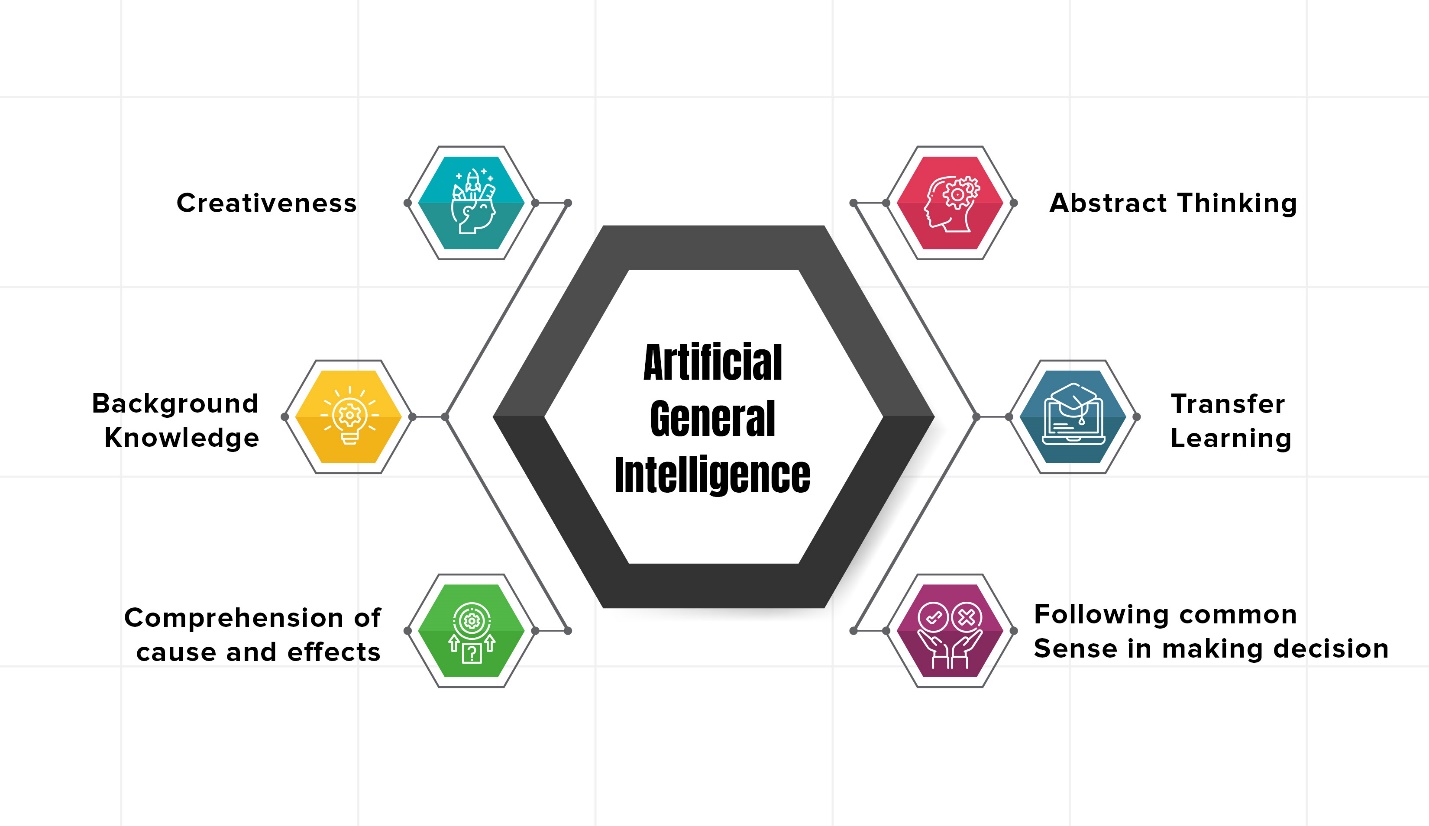
Right now, most AI can’t remember past interactions unless it’s explicitly designed to. For AGI to function properly, it needs memory that mirrors how humans recall experiences—both long-term and short-term. This includes not just remembering facts but drawing on past experiences to make decisions.
Today's AI learns through supervised training, utilizing millions of labeled examples that demonstrate what is right and what is wrong. AGI, on the other hand, would need to learn from far fewer examples—just like humans do. A toddler doesn't need 10,000 labeled images of a dog to understand what a dog is. AGI needs to learn in this same flexible, intuitive way.
Imagine saying "It's cold" while holding an ice cream cone versus saying it while standing outside in the snow. A person instantly knows the difference. AGI would need to grasp that kind of nuance. It's not enough to know words; one must also understand situations, tone, emotions, and intentions.
AI can calculate complex math and generate fluent text, but it often lacks common sense. AGI must be able to fill in the blanks, make assumptions, and reason about the world in the way humans do every day—without being explicitly told how.
Creating AGI isn’t a matter of stacking more layers onto existing models or simply adding more compute. It requires fresh thinking and a change in how we approach intelligence itself. Here are the big steps scientists and engineers are exploring to get there:

Right now, most AI systems are trained on either language images or sound. AGI will need to process all of them—and more—simultaneously. That means integrating different types of data (text, video, audio, sensor inputs) into one coherent system that understands the world the way we do: through multiple senses at once.
One of the biggest goals is to create a machine that learns without constant supervision. Think of how you figured out how to tie your shoes or ride a bike. You didn’t get a thousand examples labeled “correct” or “incorrect.” You just tried, failed, adjusted, and improved. AGI must have that kind of trial-and-error learning ability, also known as reinforcement learning.
This is the hardest part. To build AGI, engineers need to replicate the way we think. That doesn't mean copying the human brain cell by cell, but it does mean designing architectures that allow for attention, abstraction, memory, and even something close to curiosity. Some projects are experimenting with neural networks that mimic parts of the brain. Others are focused on symbolic reasoning—where the AI can manipulate abstract ideas like humans do.
A big concern with AGI is control. If it becomes truly autonomous, how do we ensure it makes ethical choices or doesn't cause unintended harm? Engineers must build safety checks into the system—not as afterthoughts but as foundational design elements. That means real-time feedback loops, value alignment, and, potentially, systems that can explain their own decision-making.
Now, you might be thinking, "This all sounds theoretical—why should I care?" Here's the thing: even if AGI is still years or decades away, the path to building it is shaping the AI tools we already use. Every improvement in memory, reasoning, or learning moves us closer to machines that can help solve real-world problems—not just execute scripts.
Imagine an assistant who doesn't just answer your questions but understands your goals, your habits, and your preferences. Or medical software that doesn't just detect abnormalities but actively collaborates with doctors to come up with treatment plans. These aren’t just tech dreams—they’re on the roadmap toward AGI.
So, while AGI isn't here yet, it's no longer just science fiction. It's the direction AI is heading, and its development could shift how we live, work, and think. That's worth paying attention to.
Artificial General Intelligence isn't just the next upgrade to current AI—it's a whole different concept. It aims to build a machine that can truly think and reason like us, not just follow rules. While we're not there yet, the work being done to get there is already making a mark. And as progress continues, it's important to stay curious, informed, and thoughtful about what this kind of intelligence could mean for our future—without the hype and the fear. Just facts, effort, and a long road ahead.
Advertisement

The ChatGPT iOS App now includes a 'Continue' button that makes it easier to resume incomplete responses, enhancing the flow of user interactions. Discover how this update improves daily usage

Explore how AI enhances employee performance, learning, and engagement across today's fast-changing workplace environments.

Explore how Nvidia's generative AI suite revolutionizes the Omniverse, enhancing 3D simulations, automation, and efficiency
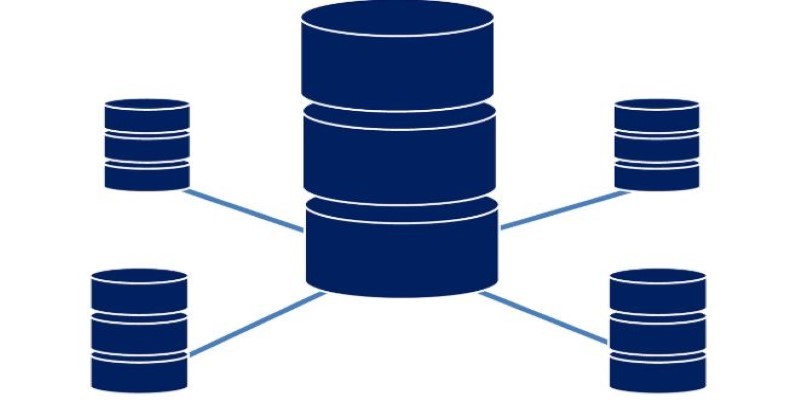
How interacting with remote databases works when using PostgreSQL and DBAPIs. Understand connection setup, query handling, security, and performance best practices for a smooth experience

Discover how AI in weather prediction boosts planning, safety, and decision-making across energy, farming, and disaster response
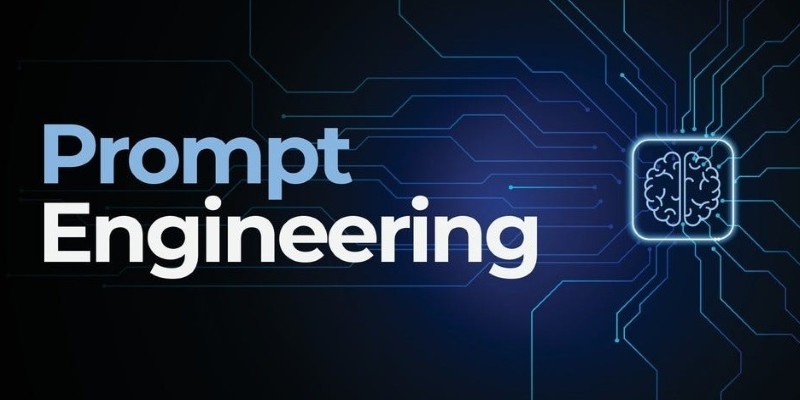
What prompt engineering is, why it matters, and how to write effective AI prompts to get clear, accurate, and useful responses from language models

Explore how AI is boosting cybersecurity with smarter threat detection and faster response to cyber attacks
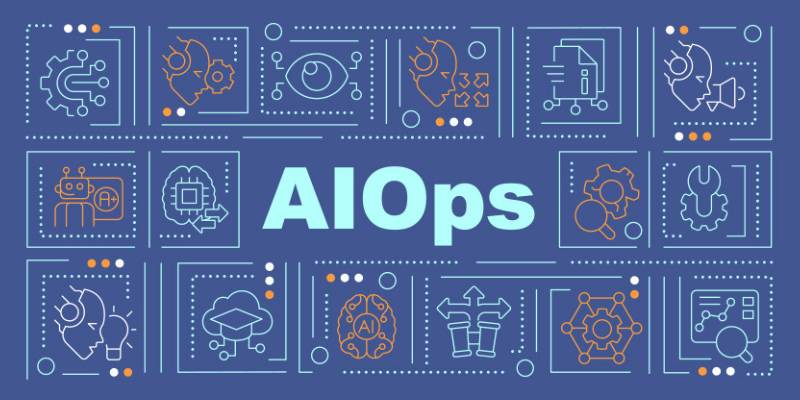
Discover how observability and AIOps transform IT operations with real-time insights, automation, and smart analytics.

Microsoft and Nvidia’s AI supercomputer partnership combines Azure and GPUs to speed model training, scale AI, and innovation

Can $600 million change the self-driving game? This AI freight company isn’t chasing hype—it’s delivering real-world results. Here's why the industry is paying close attention
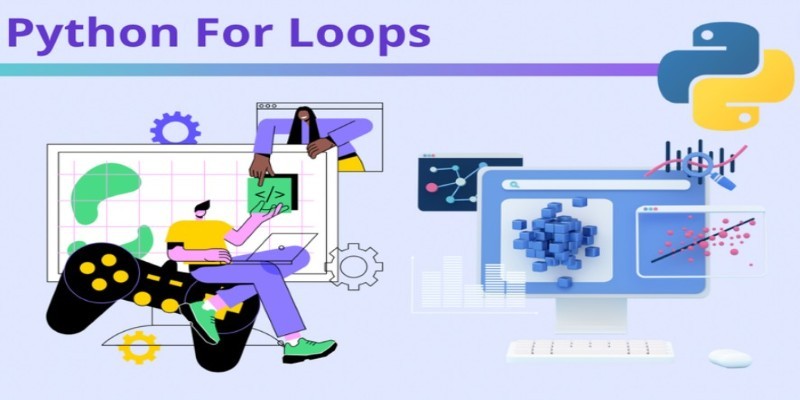
How to use a Python For Loop with easy-to-follow examples. This beginner-friendly guide walks you through practical ways to write clean, effective loops in Python
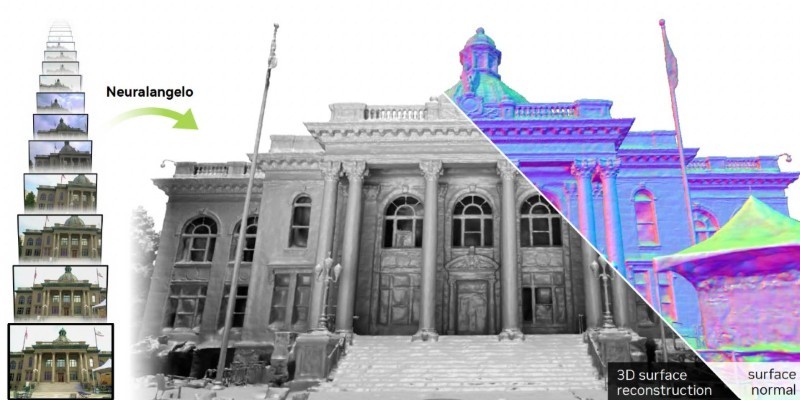
How NVIDIA’s Neuralangelo is redefining 3D video reconstruction by converting ordinary 2D videos into detailed, interactive 3D models using advanced AI